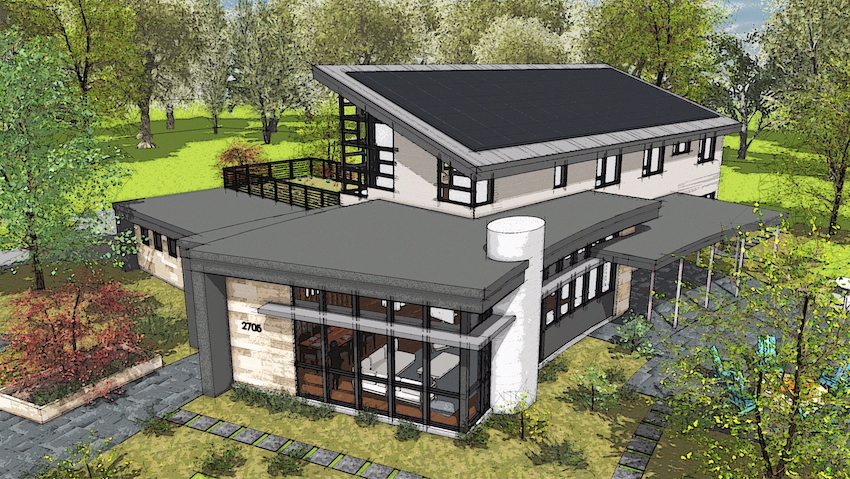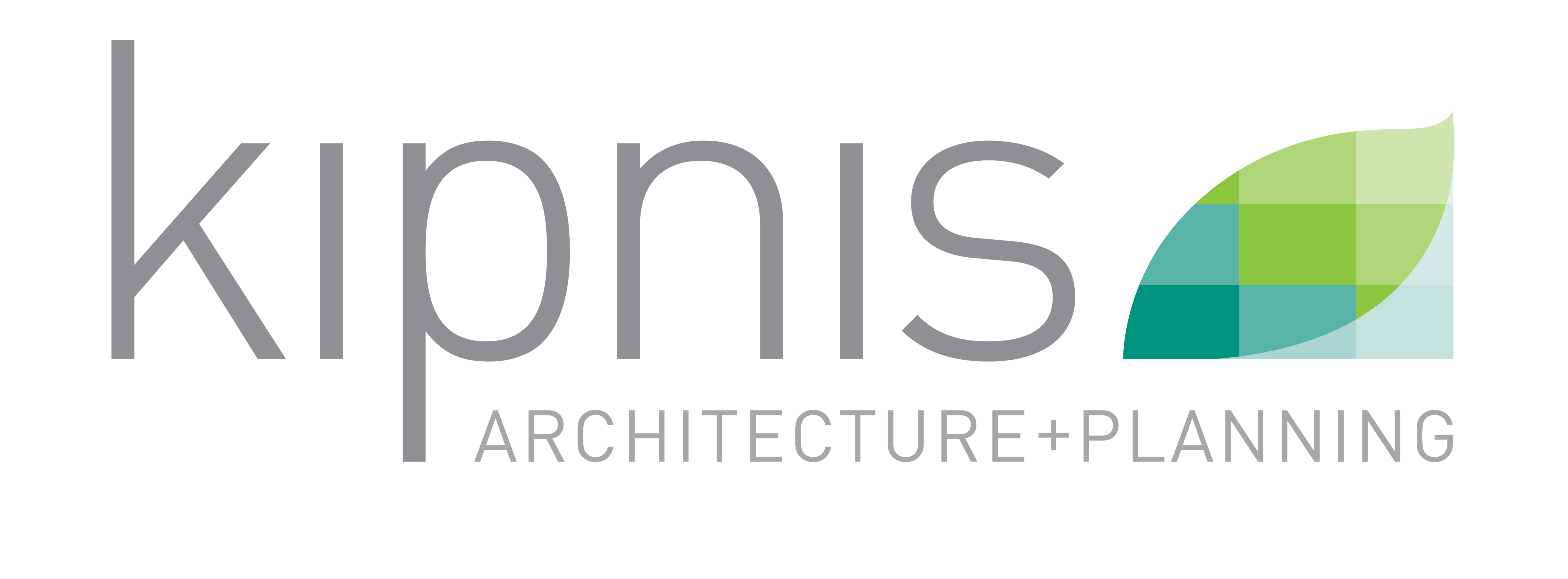High Design/Low Carbon™ Residential Design
Learning Objectives:
- Gain an understanding of the metrics related to high performance and net zero buildings.
- Learn the differences between operational energy use and embodied carbon as well as how to design for these factors.
- Discuss projects that take into account high performance sustainable and net zero design.
- Explain the challenges involved with designing a high performance building will also be reviewed.
Credits:
This course is approved as a Structured Course
This course can be self-reported to the AANB, as per their CE Guidelines
Approved for structured learning
Approved for Core Learning
This course can be self-reported to the NLAA
Course may qualify for Learning Hours with NWTAA
Course eligible for OAA Learning Hours
This course is approved as a core course
This course can be self-reported for Learning Units to the Architectural Institute of British Columbia
This presentation will explore why homes are a critical part of a low carbon future and how to achieve that goal. The technology to make a home highly energy efficient has become close to mainstream, and taking it to the next level, to net zero, is now a very achievable aspiration. But beyond the design and operation energy of a home, the latest aspect that needs to be addressed is the carbon footprint of the material being used in the construction process.

Rendering courtesy of Kipnis Architecture + Planning

|
Nathan Kipnis is a fellow of the American Institute of Architects (AIA) and principal of Kipnis Architecture + Planning, based in Evanston, Illinois and Boulder, Colorado. The firm was recently named ‘Best Chicago Residential Architect’ by Better Magazine and was also awarded Illinois Green Alliance’s Emerald Award. Mr. Kipnis was a founding member of Citizens’ Greener Evanston. As chair of its Energy Task Force, he was the motivating force for Evanston’s conceptual offshore wind farm in Lake Michigan. A founding member of the AIA’s 2030 Commitment Working Group in 2009, Mr. Kipnis served as national co-chair from 2018 to 2019. He is continuing to serve at the national AIA board level, on the newly formed Committee on Climate Action and Design Excellence. Mr. Kipnis is the founder of NextHaus Alliance, a new, premium design/build concept to provide ‘net zero’ sustainable. resilient and healthy homes. |














